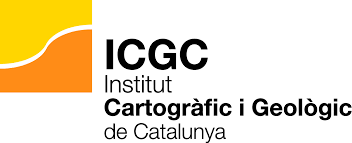Vilalta Forest
Located in the heart of the Prades mountains, this space offers an exceptional taste of the biodiversity and richness of the landscape of the Mediterranean mountains of Tarragona. Under the watchful eye of the Bonelli's eagle, rivers, cliffs, forests and cultivations build a mosaic of well-preserved environments that rise above the Tarragona plains.
ALL THE SPACES IN THE NETWORKGeology
The Prades Mountains are an orographic group, a group of mountain ranges that are oriented in a NE-SW direction, following the line of the Pre-coastal mountain ranges, of which they are a part. This orographic conglomerate forms a tabular group where plateaus predominate, although we can also find cracking and alterosal terrain that often rises above 1000 m.
Geologically, the Prades Mountains form two well-differentiated units: the Hercynian socle and the alpine cover. The first, the Hercynian socle, is formed by the older rocks that constitute these mountain ranges, and has undergone many modifications and is strongly affected by erosion, so the terrain is soft, in the form of hills, with some isolated points and cliffs. The second unit, the alpine cover, formed by Triassic and Jurassic rocks, with a variable resistance to erosion, is the one that acquires the mentioned tabular form, with great abrupt and continuous cliffs, crowned by extensive flat surfaces and strongly cut valleys where the rock is softer.
The Prades Mountains are delimited on both the north and south by two major NE-SW faults. To the north, the Poblet fault indicates the end of the Paleozoic materials typical of the Prades Mountains and the beginning of the Paleogene sediments in the Ebro Basin. To the south the fault of the Camp separates the Neogene sediments from the depression of the Camp de Tarragona. The limit is marked by the fault of the Riba. The western limit is not as clear as the others, since it is a gradual change also with the Paleozoic materials of the Priorat.
